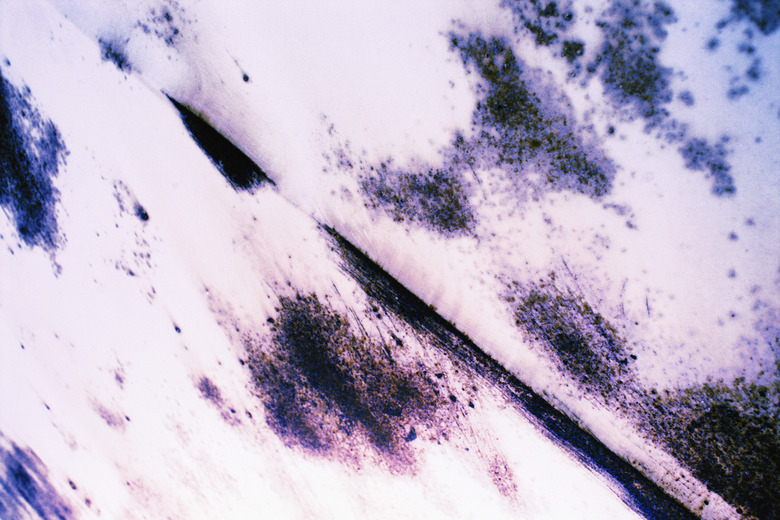Biology Experiments On Bread Mold
Moldy bread is not edible, but is can still be useful. Residents of ancient China, Greece, Serbia and Egypt placed it on wounds to aid healing by reducing infection. These old civilizations had discovered antibiotic properties of certain molds. The growth of mold is affected by variables, including light and moisture. Bread is a reliable medium for cultivating mold. The observation of bread mold can yield interesting insights. By varying conditions, you can conduct several bread mold experiments on the best environment for growth.
Preparation Guidelines
Preparation Guidelines
For every experiment, you must prepare specimens the same way. Dampen each slice of bread with 1 teaspoon of water. Place the slices in separate plastic bags, then seal. Label each bag with its variable. You also must make the same observations during each investigation. On a chart, record the air temperature every day. If more than one location is used, take the temperature at each spot. On the first day, then every other day, record your observations of each specimen. If mold grows, note changes, such as color, shape and size. Use a ruler to measure dimensions. Put descriptions in writing. In addition, make diagrams or take photographs. Include the date for all your observations.
Hot or Not
Hot or Not
To see if heat affects mold production, measure its growth at different temperatures. First, prepare three slices of bread using the guidelines. The label variables are cold, hot and room temperature. Set up the conditions. The refrigerator is going to limit light, so to be consistent, place each specimen in a paper bag or other covering that does not impede temperature flow. Put each bag in a spot where it will not be disturbed: one goes in the fridge, one on a shelf or table and one near a radiator, heat vent or other heat source. Leave the bags in place for two weeks. Record the air temperature and make other observations according to the guidelines. At the end of two weeks, compare mold growth rates.
White or Wheat
White or Wheat
To determine if different kinds of bread grow mold at similar rates, begin with three variations: white, whole wheat and rye. They should all come from comparable sources, such as commercial bakeries. Prepare your specimens according to the guidelines. Label the bags with the bread types. Put all slices in the same location near a moderate light source. Using the guidelines, make observations. Compare results after two weeks. You can examine bread molds under the microscope to look for additional differences.
See the Light
See the Light
Explore whether the amount of light affects mold growth on bread. Prepare four slices of the same bread according to the guidelines. Label two bags "dark" and two "direct sunlight." Place two bags in a location where they can rest, undisturbed, in direct sunlight. Put the "dark" bags in a safe, dark location, such as a drawer. Complete observations as described in the guidelines. After two weeks, compare results.
Is Bread Best?
Is Bread Best?
Mold grows on bread, but you can experiment to see if another food is more hospitable. Compare bread to apples or other fruit. To begin, set up two bread specimens and two fruit samples. Prepare the bread according to the guidelines. Slice the fruit in half and put each section into its own labeled bag. For consistency, add the same amount of water as for the bread specimens, then seal the plastic bags. Place all four bags in the same location, where they will receive moderate light and remain undisturbed. Record the observations according to the guidelines. Compare the specimens after two weeks.
Cite This Article
MLA
Sherwood, Susan. "Biology Experiments On Bread Mold" sciencing.com, https://www.sciencing.com/biology-experiments-bread-mold-22630/. 25 July 2018.
APA
Sherwood, Susan. (2018, July 25). Biology Experiments On Bread Mold. sciencing.com. Retrieved from https://www.sciencing.com/biology-experiments-bread-mold-22630/
Chicago
Sherwood, Susan. Biology Experiments On Bread Mold last modified August 30, 2022. https://www.sciencing.com/biology-experiments-bread-mold-22630/
